IoT in the fight against Coronavirus
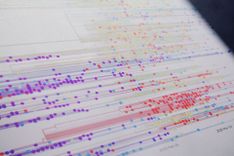

COVID-19, it seems, has brought the whole global economic machine to a standstill. It has stymied normal life in every way imaginable and continues to spread rampantly throughout the globe. Now more than ever, technology is going to play a role of enormous significance. In this article, we highlight just a few ways in which Internet of Things technology is helping us tackle the global coronavirus pandemic
Cabin fever is setting in on a global scale. A large-scale epidemic of ennui and mental fatigue is beginning to be as almost much of an issue, across the globe, as the virus itself. Most of us have been on quarantine, self-imposed or mandated, for more than a month already. If you are finding yourself exhausted from thinking, hearing and reading about the novel coronavirus, you are definitely not alone.
Wake up call from hell
In many ways, this pandemic has been a wake-up call for humanity as a whole. Pointing fingers and indulging in twisted, self-directed schadenfreude is definitely not helping anyone. Moreover, it seems inappropriate and obscene in a moment like this. But one thing seems to be certain - this is as good a time as any to sit up and take inventory of the way we have organised ourselves as a global unit. As a species, our trajectory over the past few centuries has been steep and meteoric. The information age brought us comforts and conveniences that most of us could not have imagined even thirty years ago. But, our rampant economic growth and even-increasing industrialisation have come at a grievous price - we have been sabotaging the ecological integrity of our planet in every conceivable way.
It is not this writer’s intention to point fingers or blame anyone. Trial and error has always been how we have learned. The only difference now, is that the stakes are sky-high. Despite our best efforts, this global civilisational enterprise of ours was bound to come crashing down in one way or the other. Depending on how you view this coronavirus pandemic, you might or might not agree with this viewpoint. You might be of the view that this is entirely a sad coincidence that doesn’t have anything to do with our rising levels of pollution or rapidly shrinking natural habitats. Even so, you would have to agree that it is an opportune moment to reassess our approach to the natural world.
Technology to the rescue?
Over the last few decades, many thought leaders have strongly put forth the idea that “going back” is definitely not an option. The only way for us, as a collective, was forward. Many influential people have strongly held that technology would be our only hope of salvation.
As things stand presently, it ostensibly does seem to be the case, at least when it comes to managing this nightmare of a pandemic. Whether we talk about using AI to track the spread of the virus or IoT based smart supply chains, this pandemic would have been an altogether more dangerous leviathan were it not for our tech capabilities.
Tech researchers, business leaders and talented individuals all over the world are putting their minds to work on this problem. In the course of the previous month, there have already been numerous instances of technology being effectively deployed in the fight against COVID-19.
In the sections ahead, we examine some of the ways in which the internet of things (IoT) is helping us in our efforts to manage the COVID-19 pandemic.
Here are just some of the notable use-cases that highlight how crucial a role IoT technology is going to play in the near future:
Healthcare and Medicine
Connected health has been a major talking point within the healthcare sector for many years already. Medicine, quite understandably, is one area which has always been steeped in tradition. It is an industry that is not readily accepting of disruption.
Because of the sensitive nature of the sector and the massive stakes involved, it is more measured and glacial when it comes to its evolution and modernisation. Nevertheless, over the last few years, the massive strides we have made in connectivity and data processing have started impacting the healthcare sector.

Aptly named the Internet of Medical Things (IoMT), the long anticipated tech disruption of healthcare has finally arrived in a huge way. As of 2015, there were already 4.5 billion IoMT devices in active use, globally! Furthermore, a study conducted by Frost and Sullivan projected this number to grow to between 20 and 30 billion devices by 2020. If you are not able to associate the term IoMT with any specific or tangible hook, that’s because it is a really open-ended concept that pertains to pretty much any instance of data collection, processing or distribution being used to optimise healthcare outcomes. This could include anything from smartwatches and health trackers that we are all familiar with to sophisticated AI-based inventory management solutions employed by massive hospitals and medical institutions. Not to mention, everything in between that helps patients, doctors and hospitals with efficiency or optimisation.
As far as this coronavirus situation is concerned, IoMT technology has been deployed in a number of key ways. Let’s look at some of the most common applications.
In addition to looking at some actual ways in which IoT technology is being applied to this pandemic, we also want to present the massive untapped potential that modern data analytics and IoT technology have with respect to the COVID-19 pandemic.
Virus Detection and Spread Analysis
Doesn’t take a rocket scientist to figure out that one of the most crucial steps in dealing with any infectious disease is detection. From a global standpoint, we haven’t yet reached a stage where a gigantic, world-spanning network of sensors can help us implement a mass-testing protocol for the SARS-CoV-2.
However, if we take a smaller region, say a country, this is already possible. China definitely has the sensor network to make this possible. As of now, China already possesses the capability to implement such a network across the country. China already has quite the track record of implementing large-scale IoT solutions. A notable (albeit admittedly macabre) example would be tier mass video-surveillance of their citizens. So, a huge network of virus/infection detection sensors is not as far fetched as it may initially seem. Add face recognition, location tracking, temperature monitoring etc, and we are well on our way to getting significant results in containing the spread of the novel coronavirus.
There have already been several mentions of how the Chinese government is flexing its massive surveillance might in a bid to contain the spread of COVID-19. The Chinese leadership of China has drawn quite a lot of criticism, over the years, for violating its citizenry’s privacy. But equally, the Chinese response to this COVID-19 pandemic has received considerable praise from many sources, such as the WHO and surprisingly, even American President Donald Trump.
China, most notably, employed their BeiDou GNSS constellation to effectively track patients and affected places, thus aiding containment efforts. It was also remarkably effective at analysing the spread pattern of the outbreak. Aided by this trove of reliable data and precise imaging/mapping capabilities, China was able to build thousands of makeshift healthcare establishments across the country, before things got out of hand.
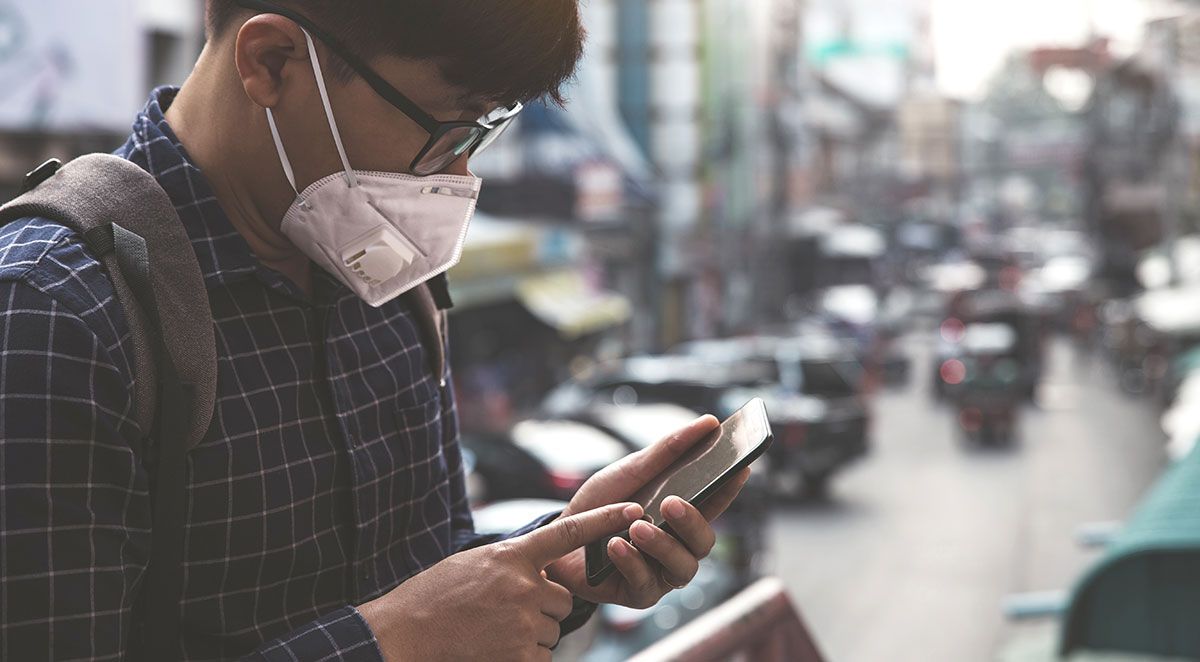
IoT can also be employed to establish the origin of an outbreak. For instance, a recent study used aggregated data from cellular phones to establish sophisticated spread data pertaining to the dengue 2013-2014 dengue outbreak in Singapore. Combining GIS data with IoT mobile data from infected individuals can assist epidemiologists in identifying patient zero. Moreover, it can also assist in the identification of all people who could have been exposed to the virus.
In the last week of March, a mobile app from Singapore was used to track exposure to SARS-CoV-2. The app was notably made freely available to developers worldwide. The app, called TraceTogether uses short-distance Bluetooth signals to track the spread of the novel coronavirus and also helps individuals make better decisions regarding their own safety. There were some privacy concerns but these are extenuating circumstances and more importantly, this is a clear use-case of IoT technology in combating the pandemic.
Phylogeny and Genetics
IoT technology and Big Data are playing a huge role in identifying the virus’ genetic lineage. Establishing the virus’ exact position on the phylogenetic tree and accurately determining the intricacies of its genetic structure are going to be crucial for the development of treatments or a vaccine.
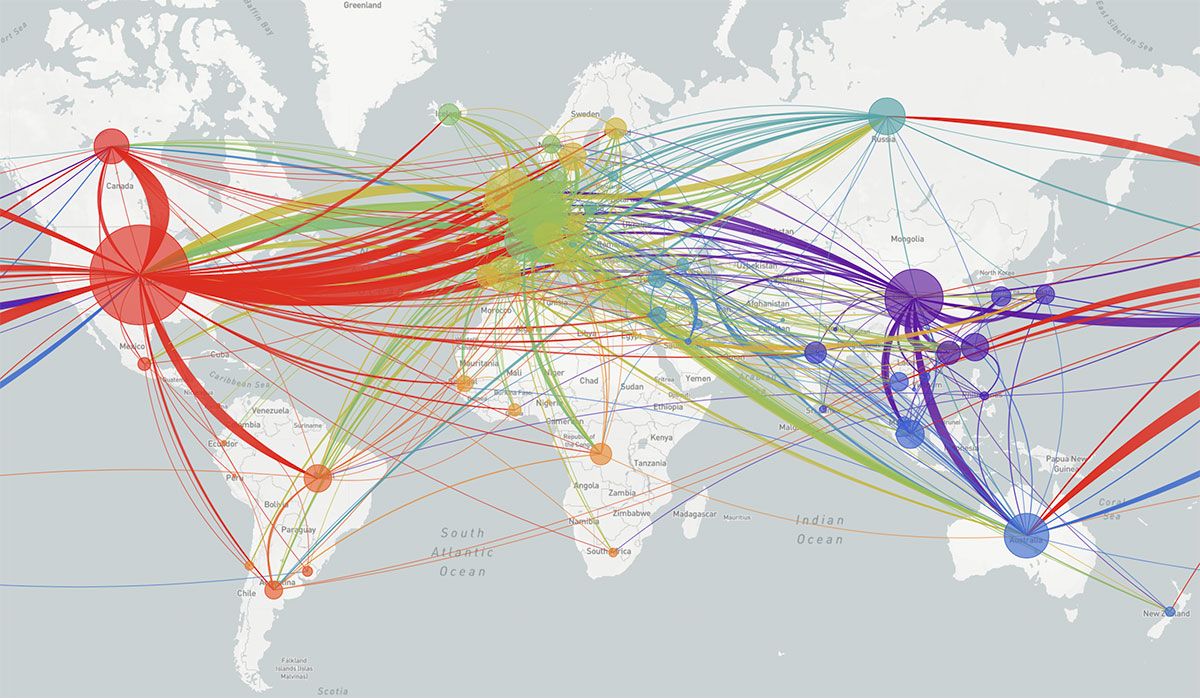
For instance, Nextstrain is a notable example. It is an open-source project that offers data and provides sequencing and other tools showing the ongoing evolution of the coronavirus (and other contagions). This information could be massively helpful to epidemiologists and virologists in understanding how the virus is mutating in different parts of the world. Already, the genetic sequencing of 700 or so cases of the virus has corroborated the fact that the virulence of the novel coronavirus has not changed significantly as the virus went international with its spread.
Managing Patient Care
One of the biggest advantages that IoT technology has is its scalability. This feature comes in very handy with monitoring patients who are high-enough to be quarantined but not sufficiently high-risk enough to warrant admission or in-patient care.
Right now, in most cases, these patients have to be monitored by healthcare personnel, who are required to travel door to door. Needless to mention, there is also the concern that these healthcare workers are putting themselves at risk. As things stand, many countries around the world are at a precarious position when it comes to the availability of healthcare staff. Final year medical students are being fast-tracked into active clinical duty and retired doctors and nurses are being recalled into active service.
Technology can be deployed quite effectively in this case, to automate patient monitoring. There have been several instances of drones being deployed to perform patient monitoring. These drones, fitted with thermal screening devices, just hover up to the balconies of patients and gather relevant data, which is then transmitted back for analysis, all without requiring manpower.
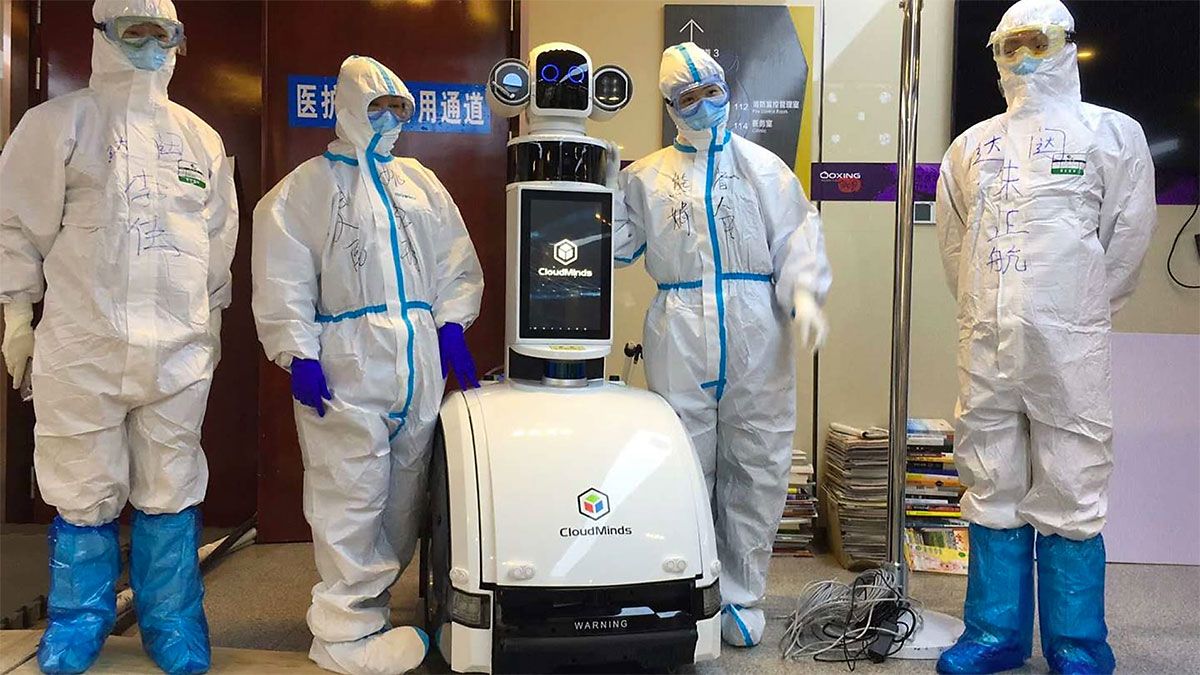
Furthermore, IoT can help with the problem of hospital staff being critically overworked. Telemedicine is proving to be a saviour in this case, by easing the burden of doctors and nursing staff, who are exhausted and listless, as it is, dealing with this pandemic. In fact, China has instituted an entire hospital staffed by robots! Hospitals in Italy have also had to turn to telemedicine in order to cope with the severe shortage of medical personnel in the country.
Machines find a cure
Today thanks to machine learning and artificial intelligence, sifting through tonnes of data is a breeze. Provided there is enough high-quality data (which there is), AI can be an extremely handy tool to chart the pandemic’s future course and also sift through various permutations in coming up with a possible treatment. Bio-tech firm AbCellera, for instance, is deploying a machine learning model to develop treatments against the novel coronavirus. They are using antibodies from those who have successfully recovered from the disease. In this particular instance, AI was used to analyse over five million unique immune cells.
This is just an example of the massive power of AI and how it can be applied in innovative ways against this novel coronavirus.
Surveillance and Urban Management
In this section, let’s take a look at some of the other uses that IoT technologies could have in this coronavirus pandemic.
Ensuring quarantine compliance
About half the world’s population is in some form of lockdown, at the moment. It doesn’t take an expert to figure out that people are getting antsier by the day. This is where technology could come in handy again. IoT technology, be it drones or sensor clusters, are being used to ensure quarantine compliance.
In addition to tracking who has broken quarantine, technology can further help identify those who are at the highest risk due to the compromise. Thus, it can help potentially curtail rampant spread of the virus.
In China for instance, the massive surveillance capability of the state is being used to track crowds and gatherings, in a bid to take action against violations of quarantine. China has come under global scrutiny for its violations of citizen liberties, but this is a notable example of how IoT technology can be used during a crisis.
Drones
Drones are being deployed in a number of capacities by countries around the world, in their respective battles against COVID-19.
In countries such as the United States, Dominican Republic and China, drones have already been successfully deployed to deliver supplies, medical equipment and food to various locations. Needless to say, this kind of a system has several advantages - there is the hygiene component; moreover, precious manpower is saved and supply runs are carried out in double-quick time.
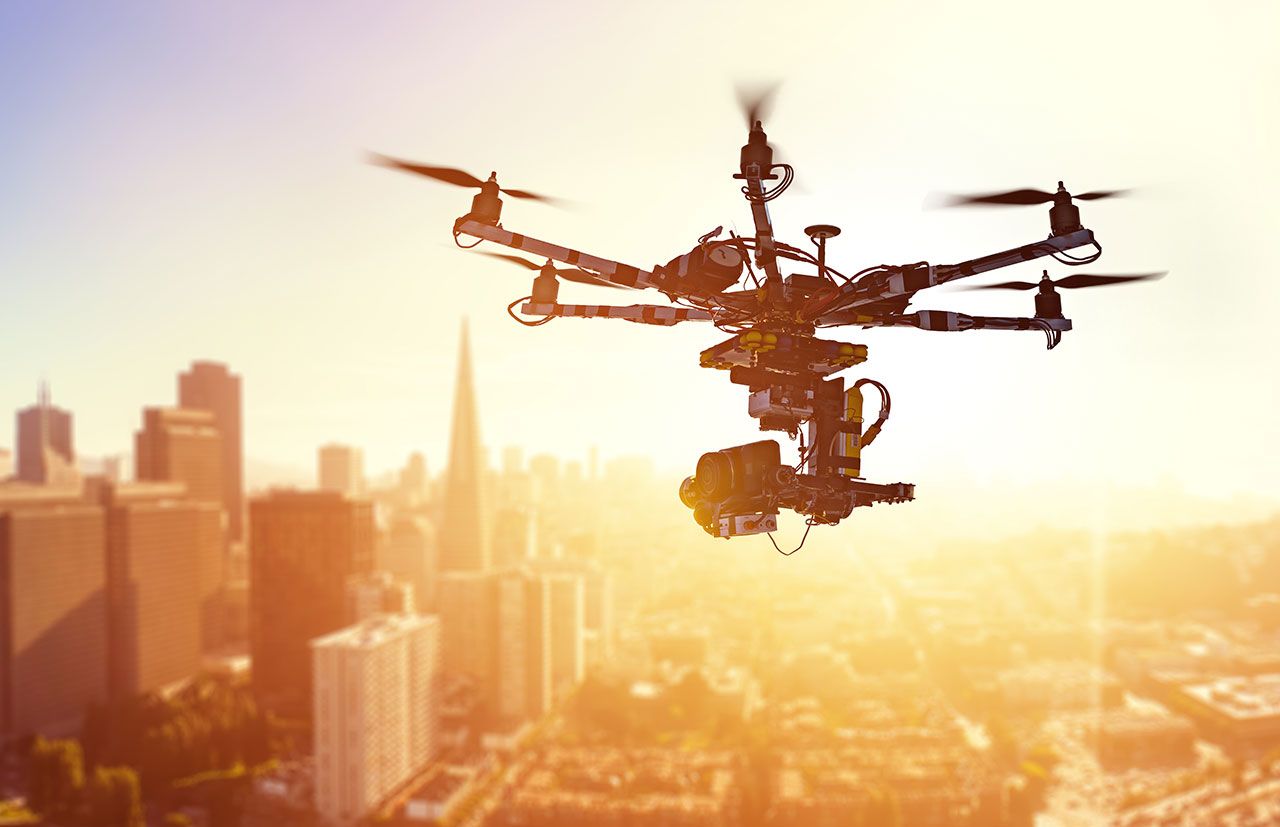
In addition to making supply runs, drones are also being deployed to perform a range of other tasks in the face of this pandemic. They are being used to spot problematic areas and disinfect them; Here is an example of agricultural drones being successfully used for this purpose.
So called “pandemic drones” are also being used to spot people that have contracted the virus; The jury is still out however, on the efficacy of such testing.
Supply Chain Management
Even before the coronavirus pandemic, the Internet of things was starting to play an increasingly important role in supply chain management, across the world.
Now, in the light of this pandemic, this has become all the more relevant. The over-reliance of global trade and business in China has been woefully exposed by this crisis. Many businesses are facing serious supply chain disruptions in light of large scale shutdowns in China.
During these challenging times, labour shortages have become a fairly universal feature. Therefore, IoT based supply chain management - be it, real-time location tracking or warehouse analytics- becomes more indispensable.
Conclusion
The IoT revolution was well on its way even before these macabre times. However, COVID-19 has poured jet fuel on the number of ways IoT technology is being used across various scenarios.
This trend extends beyond IoT, to technology as a whole. Large scale lockdowns have forced institutions and individuals to adopt technological solutions en masse. Indeed, there are many experts who view this as a favourable development, amidst all the chaos and uncertainty.
Although our hand might have been forced as of this moment, the IoT applications that have been unearthed will likely continue to find takers in a post COVID world. It would be safe to assume that COVID-19 has well and truly allowed IoT technologies to come of age.












